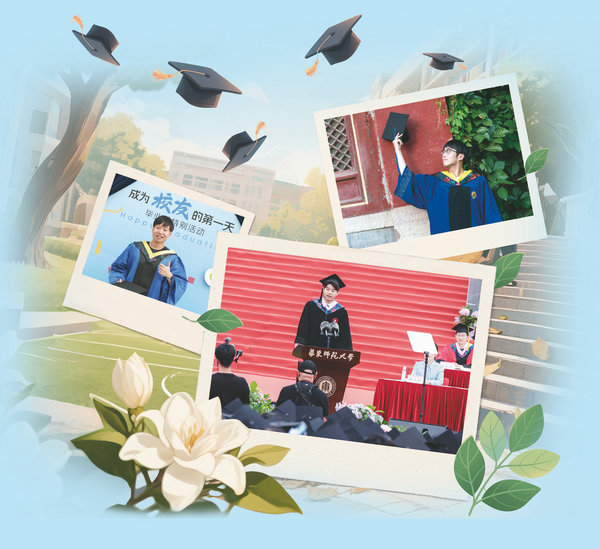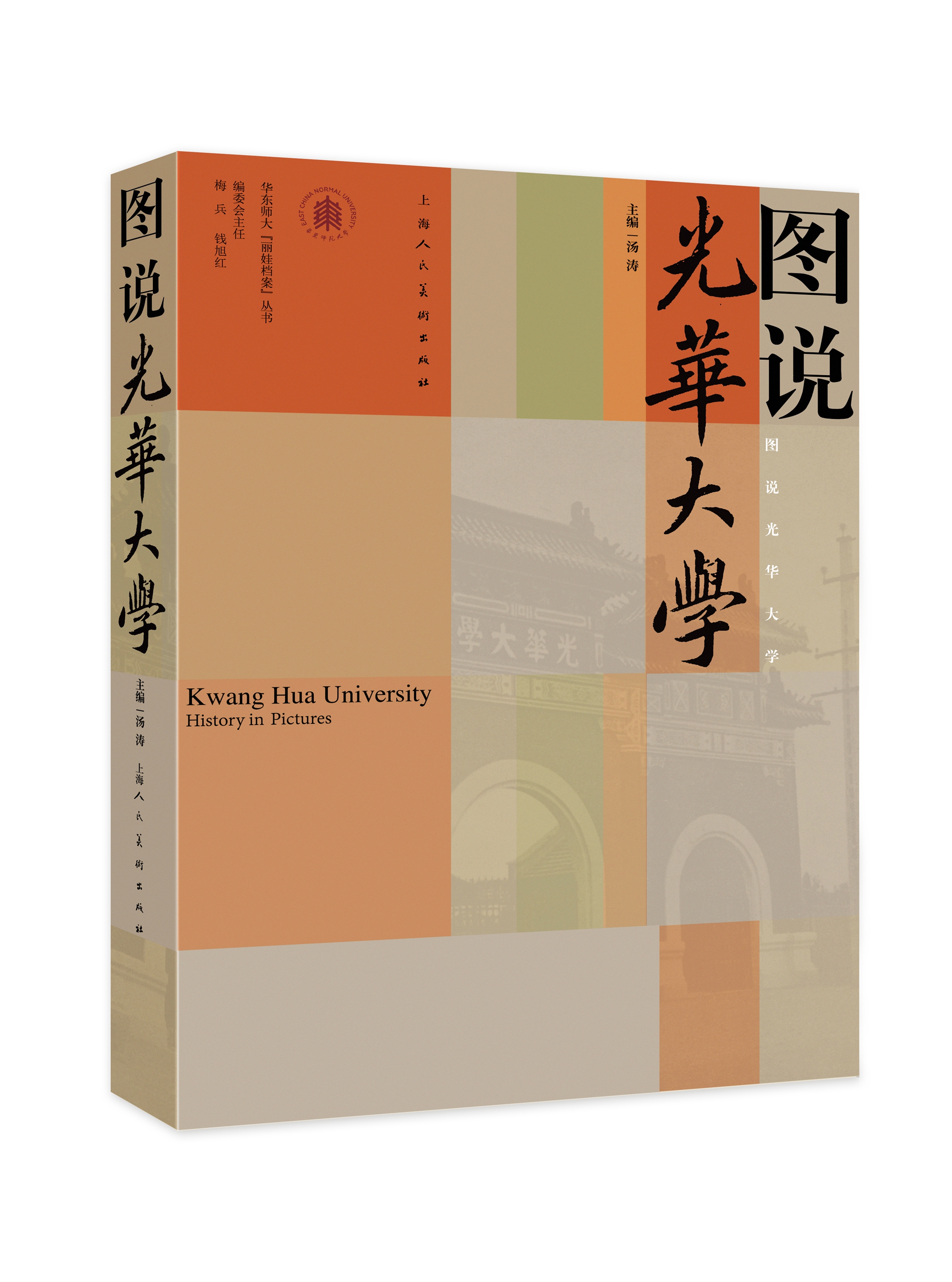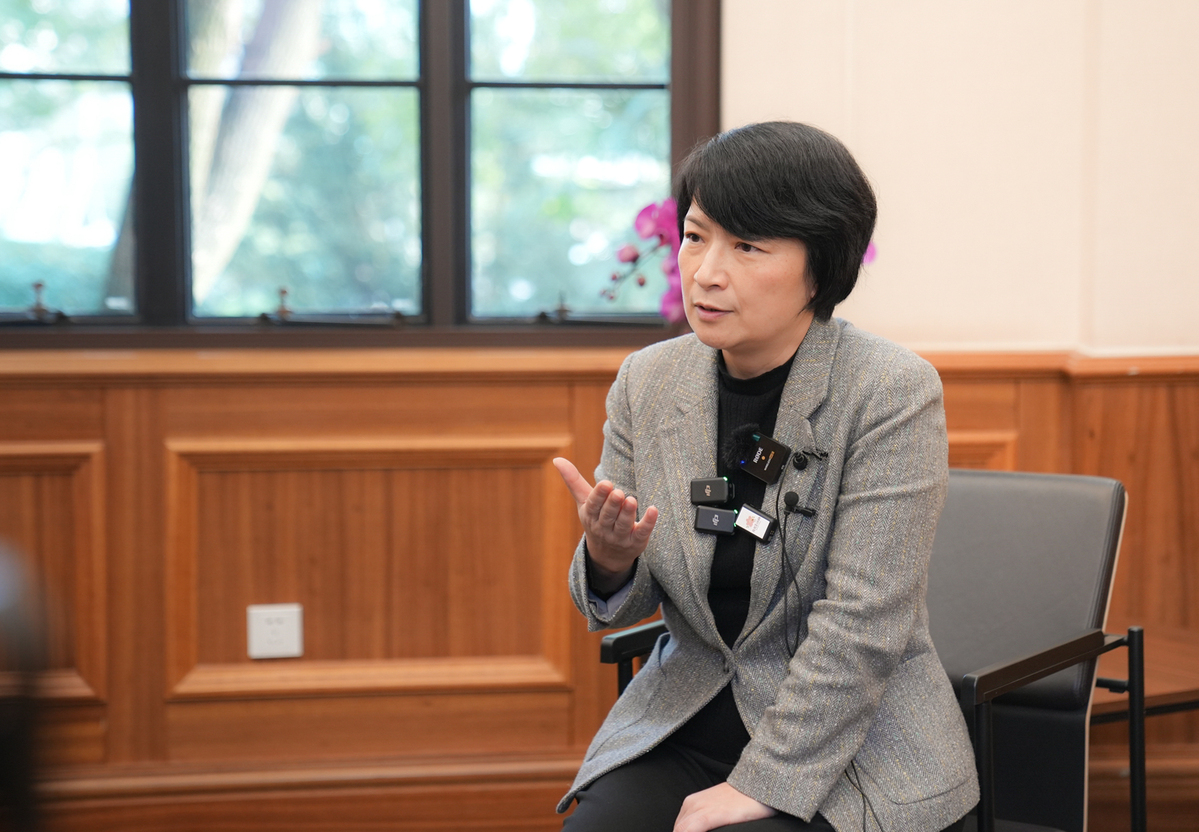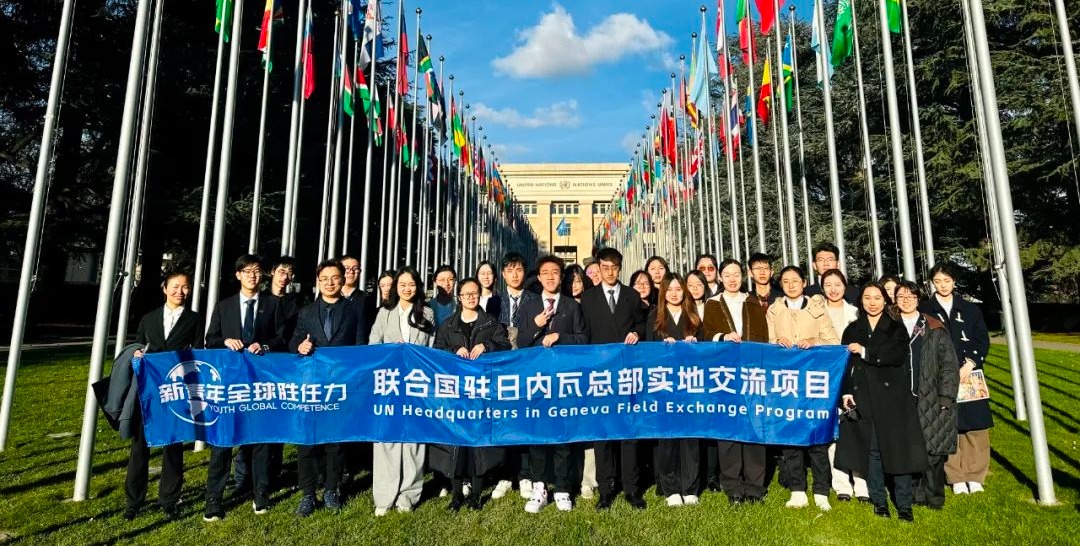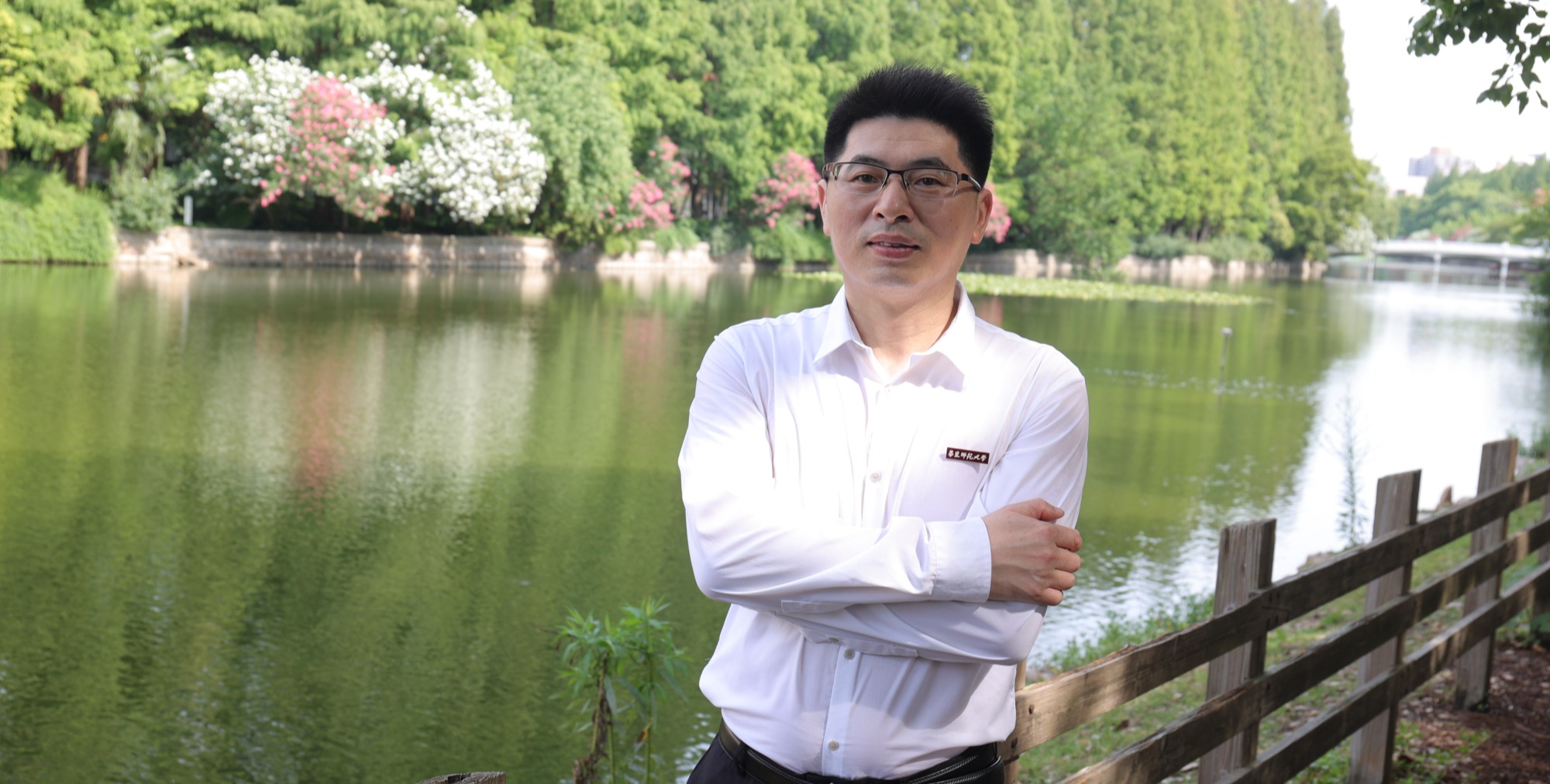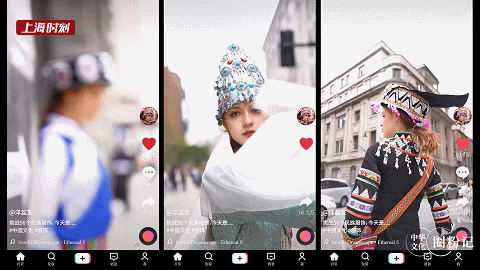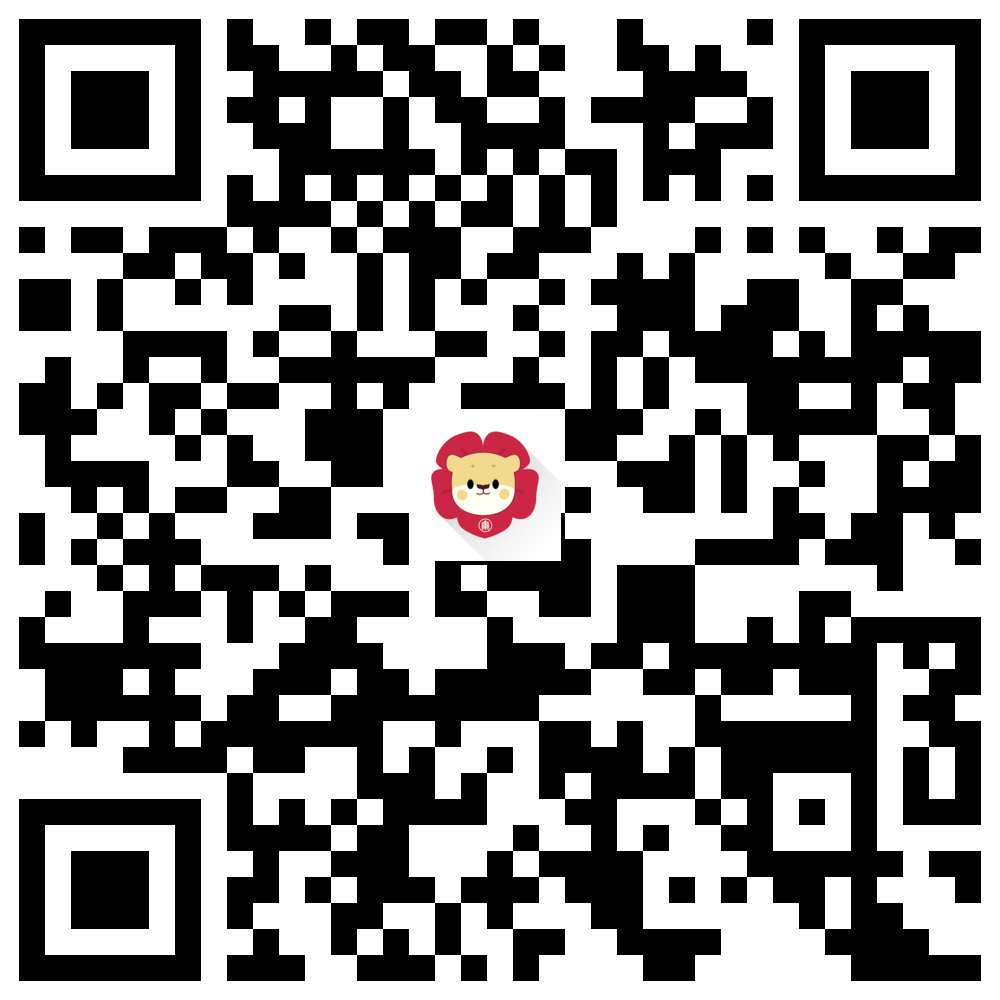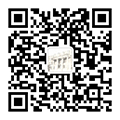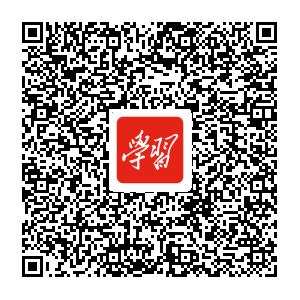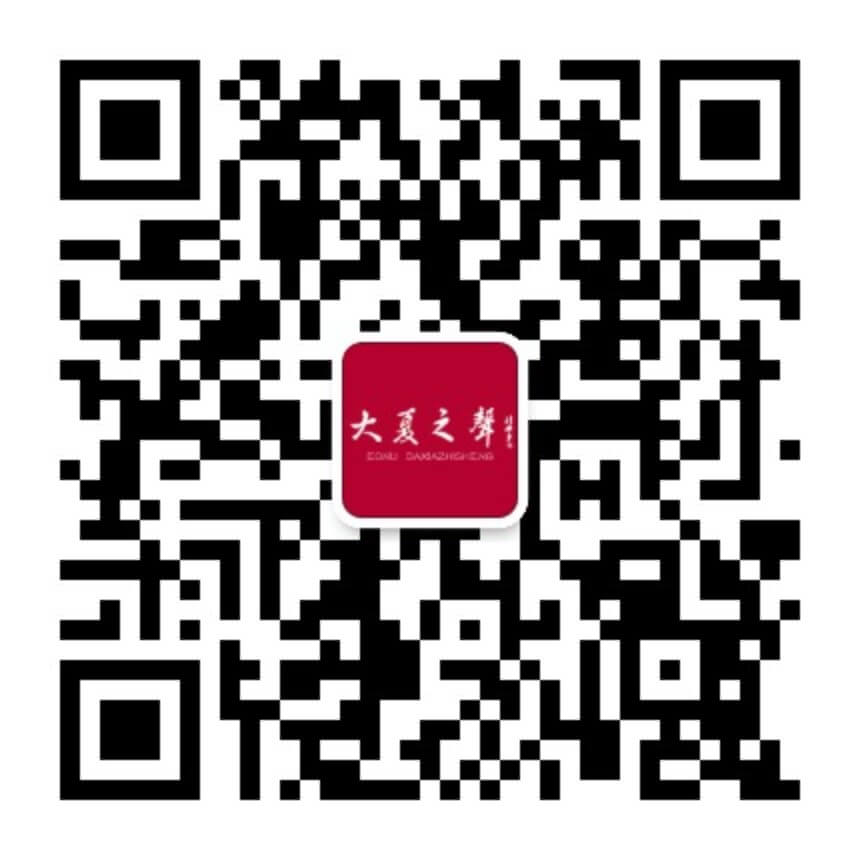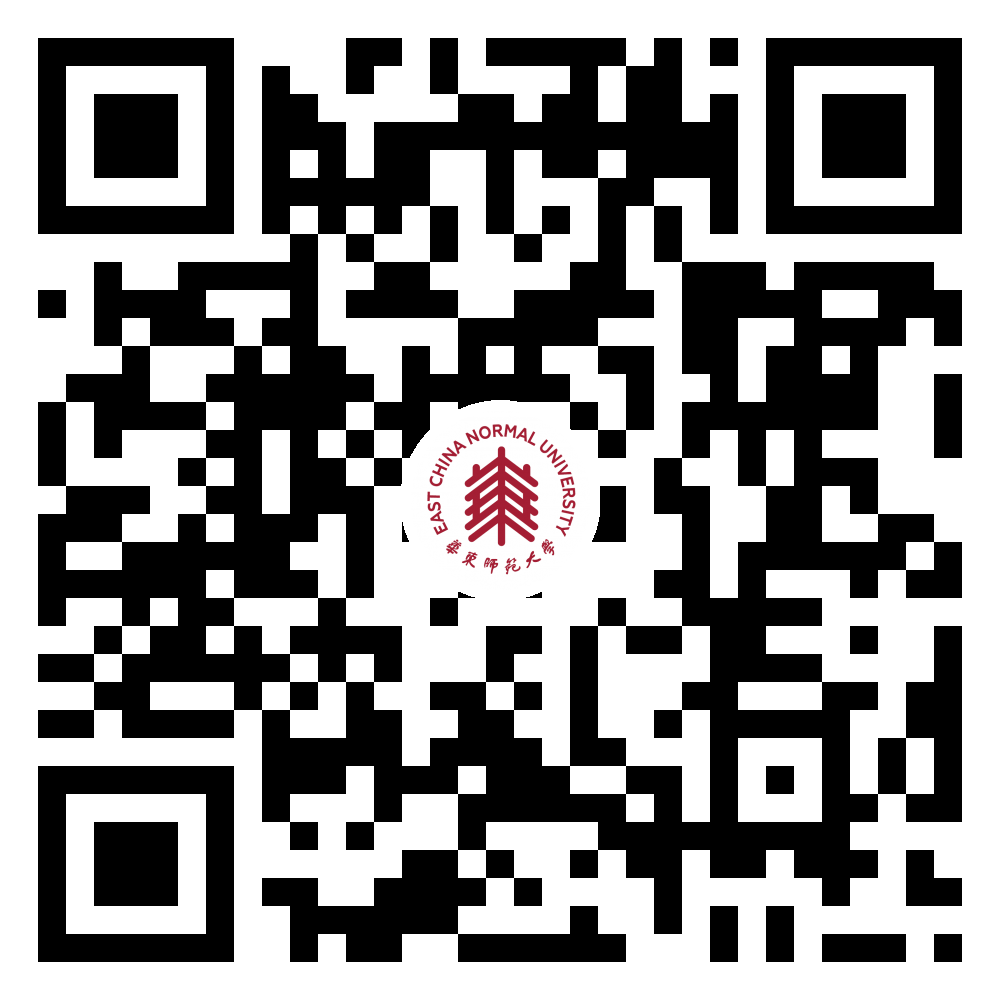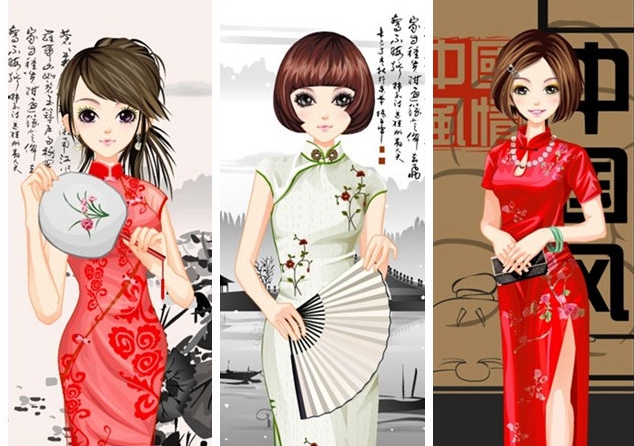
The cheongsam is a traditional dress for Chinese women.
On the afternoon of March 18th, “Cheongsam Makes China More Beautiful”, a salon about Cheongsam, was held at the Students’ Space on the Minhang Campus. ECNU’s Talents Institute organized the salon as one of its activities.
Liu Peizhu, President of the Shanghai Cheongsam Cultural Association, introduced the garment’s history and development in addition to sharing stories about cheongsam. Dressed in a dark green cheongsam with intricate embroidery, Ms. Liu demonstrated the charm of cheongsam culture in an elegant way.
The cheongsam or qipao (chipao) is a body-hugging one-piece Chinese dress for women, also known in Mandarin Chinese as qipao, or “Mandarin gown” in English. Usually, people assume the cheongsam was adapted from a one-piece dress of Manchu women in Qing Dynasty. The original cheongsam was wide and loose. With time, though, the cheongsam has been tailored to become more form-fitting and revealing. The stylish and often tight-fitting cheongsam that is best known today was created in the 1920s in Shanghai and was made fashionable by socialites and upper-class women. In Shanghai it was first known as a zansae, or “long dress”, and it is this name that survives in English as the “cheongsam”.
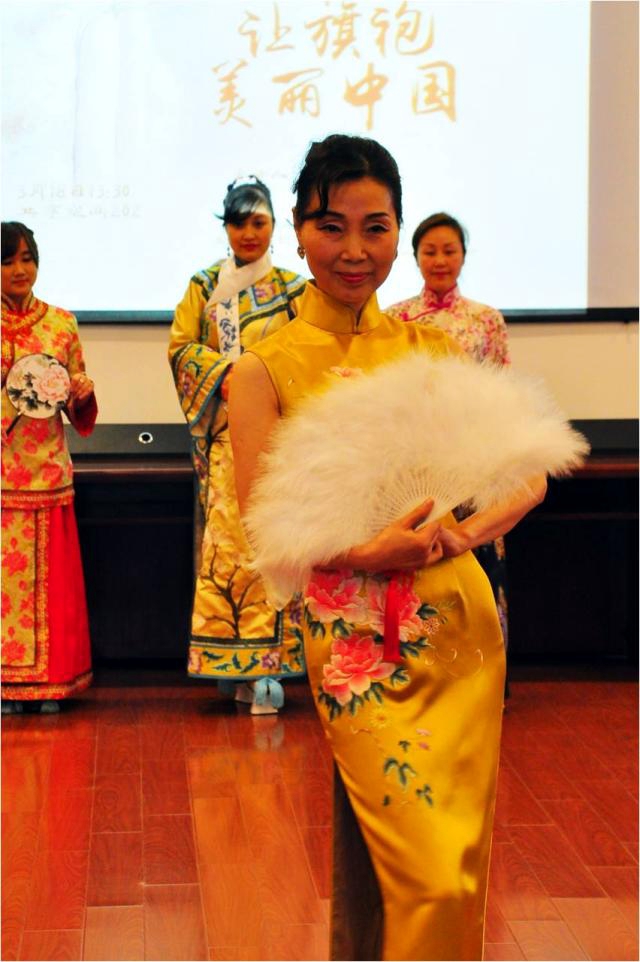
Members of the Cheongsam Cultural Association hold a show with various cheongsam dresses.
A traditional dress for Chinese women, the cheongsam can fully present the unique body shape and graceful temperament of women in the East. To most Chinese people, no dress apart from the cheongsam could capture the implicit and graceful beauty of Chinese women. Since its popularization in the 1920s, many Chinese women have demonstrated a great fondness for the cheongsam. Madam Song Qingling, wife of Dr. Sun Yat-sen, Madam Wu Chien-Shiung, a Chinese American experimental physicist, and Madam Zhang Ailing, a famous female writer in contemporary China, just to name a few, all enjoyed wearing the cheongsam. Zhang Ailing once said that even the most heartless woman would be passionately devoted when talking about her cheongsam.
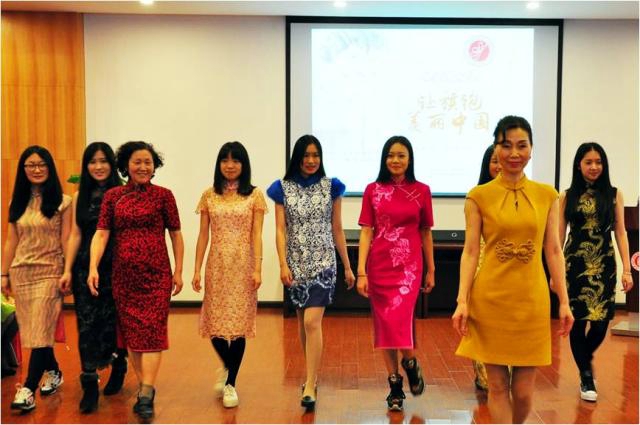
Students try on cheongsam dresses.
After Liu’s lecture, members of the Cheongsam Cultural Association held a show with various cheongsam dresses from the Qing Dynasty to modern times. Students also had the chance to try on a cheongsam. This provided the audience an opportunity to have a closer look at the unique charm of this traditional dress.

